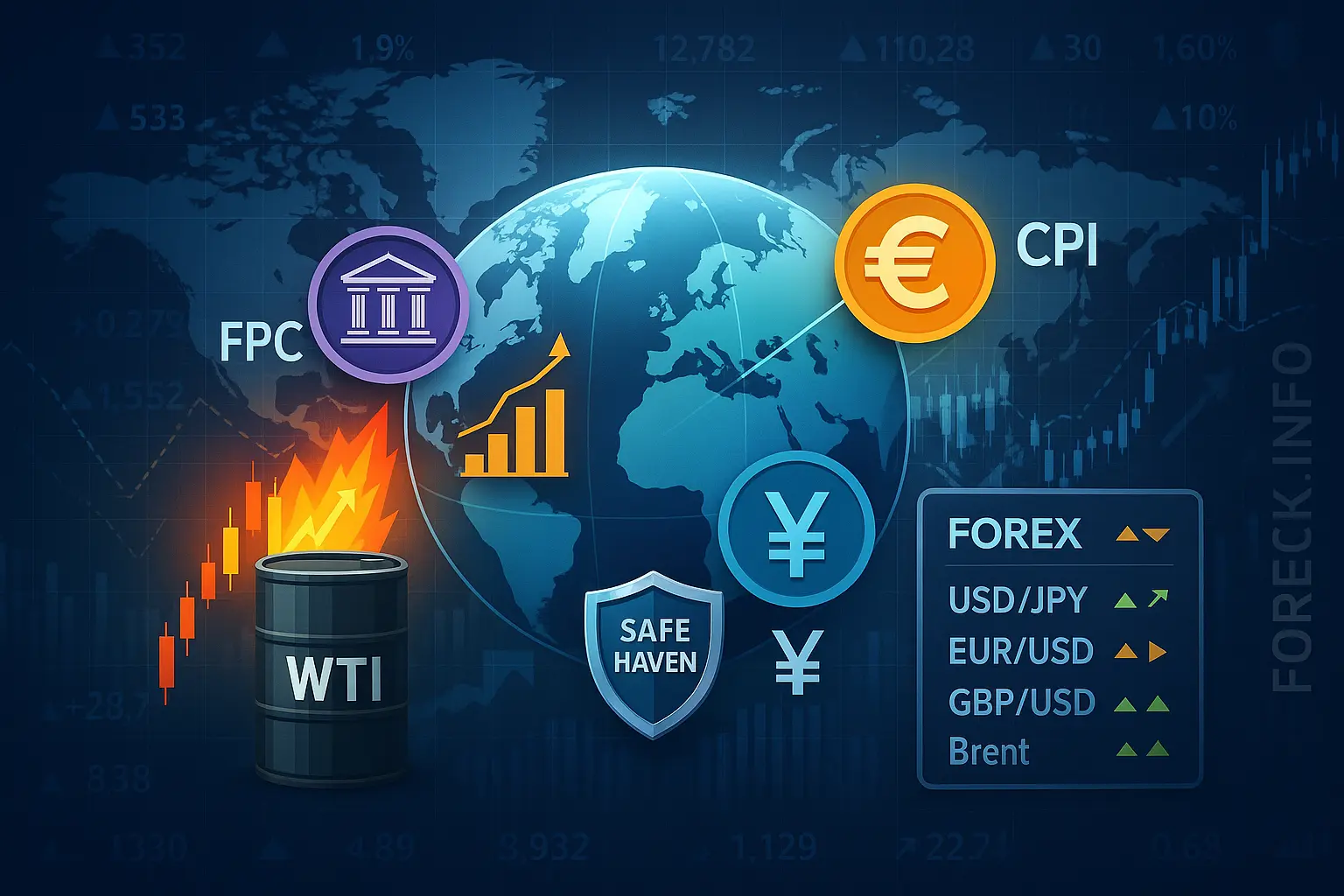While Trump did not specify which nations might be targeted, analysts are increasingly wary that heavyweight economies such as China and India—both permanent BRICS members—could be in the crosshairs. Meanwhile, the moratorium on elevated import duties expires July 9. Trump has suggested new tariffs could be set anywhere from 10% up to a staggering 70%, far surpassing earlier projections of a 50% cap. In this scenario, the U.S. economy could face renewed pressure, especially as trade negotiations with key partners—Japan and the European Union—remain deadlocked.
Eurozone: Recovery Signals but Tariff Risks Remain
The euro gained against the yen but continued to slip versus the dollar and pound. The day’s recovery was fueled by robust macro data: the Sentix investor confidence index jumped from 0.2 to 4.5, easily beating expectations and marking the sharpest improvement in three years. The assessment of current conditions also improved, from −13.1 to −7.3, while economic expectations climbed to 17.0. Industrial production in Germany rose by 1.2% in May—beating forecasts—driven primarily by a 4.9% uptick in auto manufacturing.
Nevertheless, German retail sales disappointed, falling by 0.7% month-on-month and decelerating to 1.8% year-on-year. While the recovery narrative in Europe is building, concerns linger over fresh U.S. tariffs and their potential to disrupt German and euro area growth.
United Kingdom: Pound Loses Ground Amid Policy Shifts
Sterling depreciated versus the U.S. dollar but advanced against the yen and euro. The June Halifax House Price Index was flat month-on-month (0.0%) and edged down from 2.6% to 2.5% year-on-year—highlighting lingering pressure following the end of property tax breaks. Market watchers expect a turnaround later this year, helped by the Bank of England’s dovish outlook. BoE policymaker Alan Taylor recently suggested it would be wiser to lower interest rates sooner rather than later, forecasting a move to 3.00% by late 2026.
Japan: Yen Under Pressure as Wages Slide
The yen continued to weaken against all major peers. Traders focused on Japan’s real wage data, which posted the sharpest drop in two years—down 2.9% year-on-year in May, largely due to an 18.7% reduction in social benefits. The approach of the July 9 tariff moratorium expiration has heightened uncertainty. U.S.-Japan trade talks remain unresolved, and Trump has threatened a 35% levy on Japanese imports, stoking fears of retaliatory sanctions.
Australia: Aussie Dollar Pressured Ahead of RBA
The Australian dollar declined against the pound, euro, and U.S. dollar but showed mixed performance versus the yen. With few domestic data releases, price action was dictated by external factors and anticipation ahead of the Reserve Bank of Australia’s policy meeting. Markets widely expect a 25 basis point rate cut to 3.60%, with further guidance on a dovish path likely. Many experts anticipate another rate reduction in August, followed by a pause before the RBA resumes easing late this year or early next.
Oil: Brent Extends Gains as OPEC+ Ups Production
Oil prices rebounded, defying concerns over a sharp increase in OPEC+ supply. The cartel agreed to raise production by 580,000 barrels per day—well above analyst forecasts of 411,000 barrels. This returns around 80% of previously withheld supply to the market, although analysts argue that current global demand can absorb the new volumes. As a result, Brent crude remains on an upward trajectory despite ongoing supply-side adjustments.

